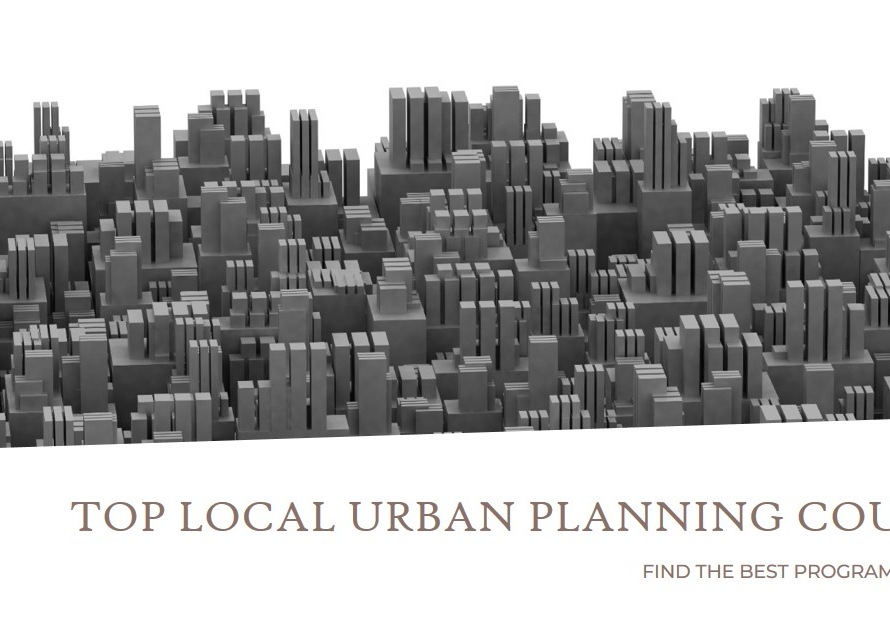
Table of Contents
Introduction to Functional Office:
Functional Offices – In today’s fast-paced work environment, the design of office spaces plays a crucial role in enhancing productivity and fostering creativity among employees. Gone are the days of bland, uninspiring cubicles. Modern offices are evolving into dynamic environments that prioritize functionality, comfort, and innovation. From open-plan layouts to ergonomic furniture, every element of office design contributes to shaping a space where employees can thrive. In this guide, we’ll explore the key principles and strategies for creating functional offices that inspire productivity and collaboration.
The Importance of Functional Office Design:
Effective office design goes beyond aesthetics; it influences how employees interact with their environment and can significantly impact their performance and well-being. A well-designed office layout can facilitate communication, streamline workflows, and provide the necessary resources for employees to excel in their roles. By optimizing the physical space, businesses can create an atmosphere that supports productivity, creativity, and overall job satisfaction.
Creating a Collaborative Environment:
Collaboration is essential for driving innovation and problem-solving within teams. Designing office spaces that encourage collaboration involves more than just removing physical barriers; it requires thoughtful planning to facilitate spontaneous interactions and idea sharing. Open-plan layouts with designated collaboration zones, such as comfortable seating areas or shared workstations, can promote teamwork while still providing individuals with space for focused work when needed. Additionally, incorporating technology solutions like video conferencing tools and digital collaboration platforms can bridge the gap for remote or distributed teams, fostering seamless communication and collaboration.


Prioritizing Comfort and Ergonomics:
Employee well-being should be at the forefront of office design considerations. A comfortable and ergonomic workspace not only promotes physical health but also enhances cognitive function and productivity. Investing in adjustable desks and chairs, providing adequate lighting, and incorporating elements of biophilic design, such as natural lighting and greenery, can create a more pleasant and inviting work environment. Moreover, offering amenities like breakout areas, relaxation spaces, and wellness rooms demonstrates a commitment to employee wellness, leading to higher job satisfaction and retention rates.
Maximizing Productivity Through Layout Optimization:
The layout of an office space has a significant impact on how efficiently work gets done. By carefully planning the placement of workstations, meeting rooms, and communal areas, businesses can optimize workflow and minimize distractions. Strategic placement of high-traffic areas, such as printers and refreshment stations, can help reduce congestion and improve accessibility. Additionally, incorporating flexible furniture solutions that can adapt to different work styles and activities allows employees to customize their workspace according to their preferences, boosting productivity and comfort.
Embracing Flexible Work Arrangements:
The traditional 9-to-5 workday is becoming increasingly outdated, with more companies embracing flexible work arrangements such as remote work and flexible hours. Office design plays a crucial role in supporting these arrangements by providing spaces that cater to different work styles and preferences. Creating a blend of dedicated workstations, collaborative areas, and quiet zones allows employees to choose the environment that best suits their tasks and preferences. Moreover, providing the necessary technology infrastructure to support remote work ensures that employees can stay connected and productive regardless of their physical location.
Fostering Creativity and Innovation:
Creativity thrives in environments that stimulate the senses and encourage exploration. Office design can play a pivotal role in fostering creativity and innovation by incorporating elements that inspire and motivate employees. From vibrant colors and artwork to unconventional furniture arrangements and themed spaces, injecting personality into the office environment can spark creativity and ignite fresh ideas. Additionally, creating designated brainstorming areas equipped with whiteboards, writable surfaces, and comfortable seating can facilitate ideation sessions and collaborative problem-solving.
Harnessing Technology for Efficiency:
Technology has revolutionized the way we work, and office design must evolve to accommodate these changes. Integrating technology seamlessly into the office environment can streamline processes, enhance communication, and improve efficiency. From smart lighting systems and automated climate control to cloud-based collaboration tools and digital signage, leveraging technology solutions can create a more connected and productive workspace. Moreover, investing in ergonomic accessories such as standing desks with integrated power outlets and adjustable monitor arms can enhance comfort and support healthy work habits.
Promoting Sustainability and Environmental Responsibility:
In an age of increasing environmental awareness, sustainable office design is not just a trend but a necessity. By incorporating eco-friendly materials, energy-efficient lighting, and recycling programs, businesses can reduce their environmental footprint and promote a culture of sustainability. Designing offices with ample natural light, energy-efficient appliances, and proper insulation not only reduces operating costs but also creates a healthier and more environmentally responsible workspace. Moreover, implementing initiatives such as bike racks, electric vehicle charging stations, and incentives for alternative transportation can encourage employees to adopt greener commuting habits.
Conclusion:
Designing functional offices that prioritize productivity, collaboration, and employee well-being requires a holistic approach that considers various factors, from layout and furniture selection to technology integration and sustainability. By creating spaces that inspire creativity, support flexible work arrangements, and prioritize comfort and ergonomics, businesses can cultivate a culture of innovation and empower their employees to perform at their best. Ultimately, investing in functional office design is not just about creating a physical space but about fostering a work environment where employees can thrive and contribute to the success of the organization.


